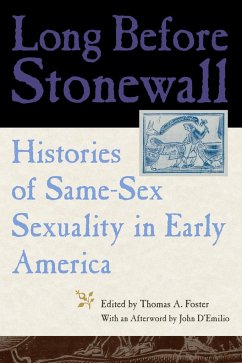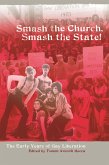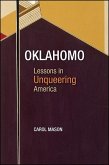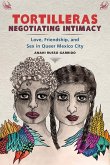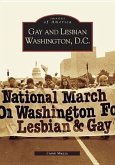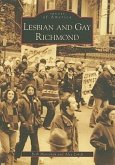"A major, ground-breaking study of early America. Readers will come away with a fresh sense of the centrality of sexuality to any understanding of the formation of the new Republic."--Martha Vicinus, author of Intimate Friends: Women Who Loved Women, 1778-1928"This splendid collection, interdisciplinary but deeply historical, illustrates the maturation of lesbian and gay history as it has expanded its chronological and regional scope and its methodological depths.."--Estelle B. Freedman, author of Feminism, Sexuality, and PoliticsAlthough the 1969 Stonewall riots in New York City symbolically mark the start of the gay rights movement, individuals came together long before the modern era to express their same-sex romantic and sexual attraction toward one another, and in a myriad of ways. Some reflected on their desires in quiet solitude, while others endured verbal, physical, and legal harassment for publicly expressing homosexual interest through words or actions.Long Before Stonewall seeks to uncover the many iterations of same-sex desire in colonial America and the early Republic, as well as to expand the scope of how we define and recognize homosocial behavior. Thomas A. Foster has assembled a path-breaking, interdisciplinary collection of original and classic essays that explore topics ranging from homoerotic imagery of black men to prison reform to the development of sexual orientations. This collection spans a regional and temporal breadth that stretches from the colonial Southwest to Quaker communities in New England. It also includes a challenge to commonly accepted understandings of the Native American berdache. Throughout, connections of race, class, status, and gender areemphasized, exposing the deep foundations on which modern sexual political movements and identities are built

